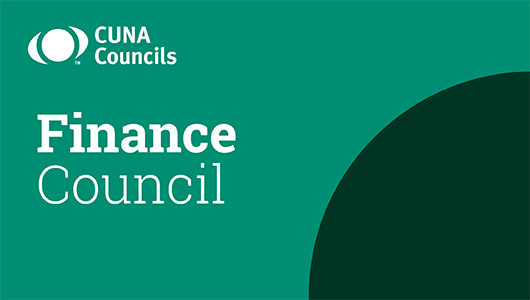
Replacing noninterest income
Use long-term planning to find ways to create new revenue streams.
Many credit unions want to adjust their revenue sources and ease the pressure on potentially lost income streams such as overdraft fees, nonsufficient funds fees, interchange income, and mortgages.
Threats to noninterest income are nothing new, says Tony Hildesheim, chief operating officer of $6.7 billion asset Redwood Credit Union in Santa Rosa, Calif. He says credit unions should use long-term planning meetings to examine how to drive efficiency or create new avenues of revenue.
“Anyone who hasn’t been under a rock knows that the big pressure coming right now is overdraft protection and nonsufficient fund fees,” Hildesheim says. “Look at your main sources of revenue and ask, ‘What happens if that goes away or gets threatened? What else do we have? And how else can we serve our membership?'"
Hildesheim addressed a CUNA Councils virtual roundtable “Potential Solutions for Pressure on Noninterest Income.”
Rob Johnson, president of c. myers, advises credit union leaders to examine their exposure to legislative changes, rising inflation, and the prospect of the federal government offering digital currency. He also urges credit unions to take steps to prepare for those scenarios.
“For the last decade, we’ve run long-term simulations of what could happen if noninterest income got materially reduced,” Johnson says. “How do we diversify our reliance away from this?”
Thirty-two percent of credit union revenue is from noninterest income, says Johnson, which makes it essential for credit unions to adapt, diversify, and find sustainable earning solutions.
Financial institutions must think from a member perspective and appeal to consumers to create lasting solutions. Johnson advises credit unions to evaluate their products and services and determine how a digital version would compare to the in-person experience.
If members value a service, such as unlimited overdrafts, they’ll be much more willing to pay a fee and view it as beneficial rather than a penalty.
A credit union’s messaging goes a long way in shaping how members view services. However, Johnson stresses it’s important to follow through on that message.
“What is the purpose of the fee?” Johnson asks. “Decision-makers often look at fees solely from a financial perspective versus whether members benefit.”

